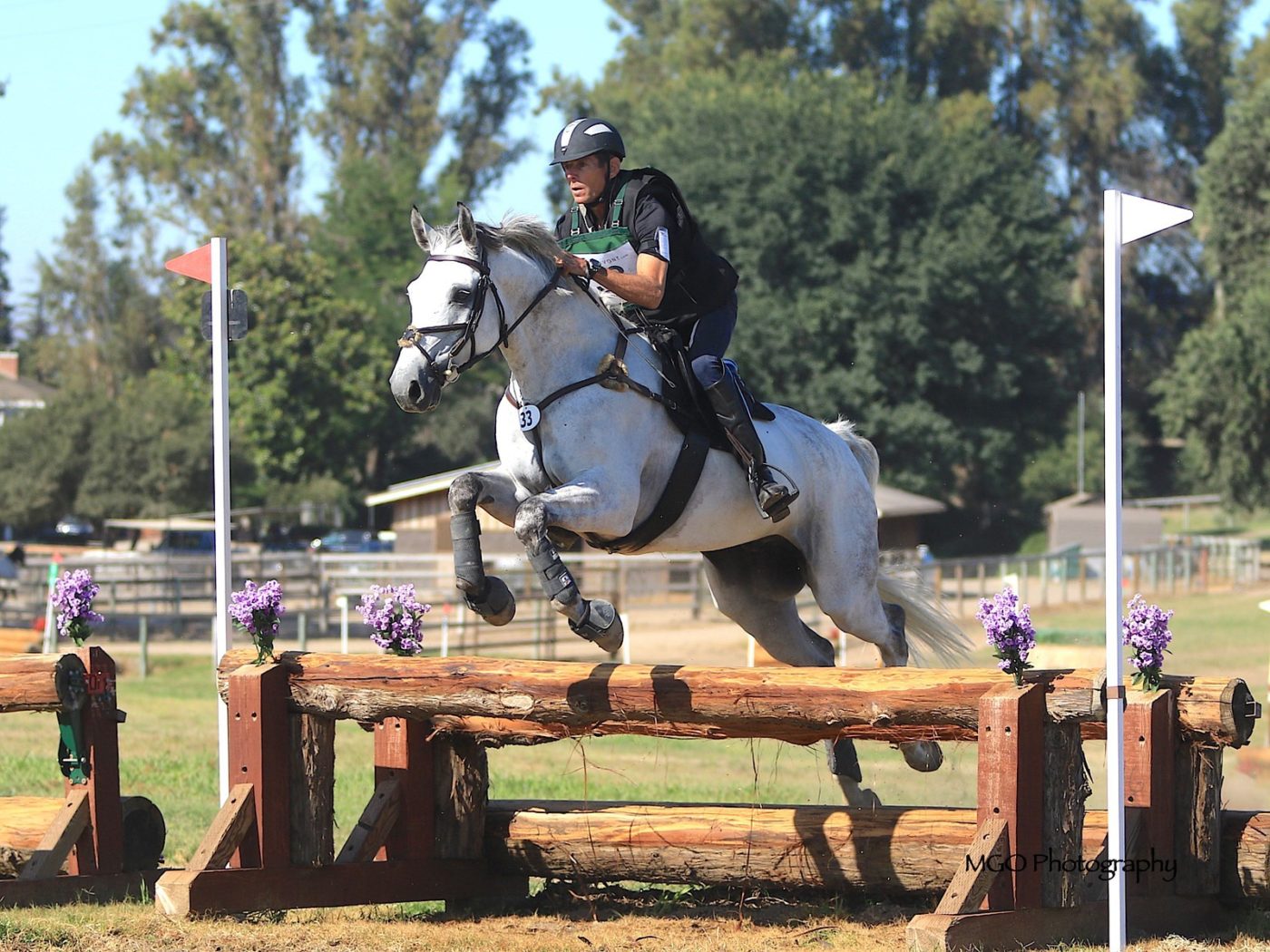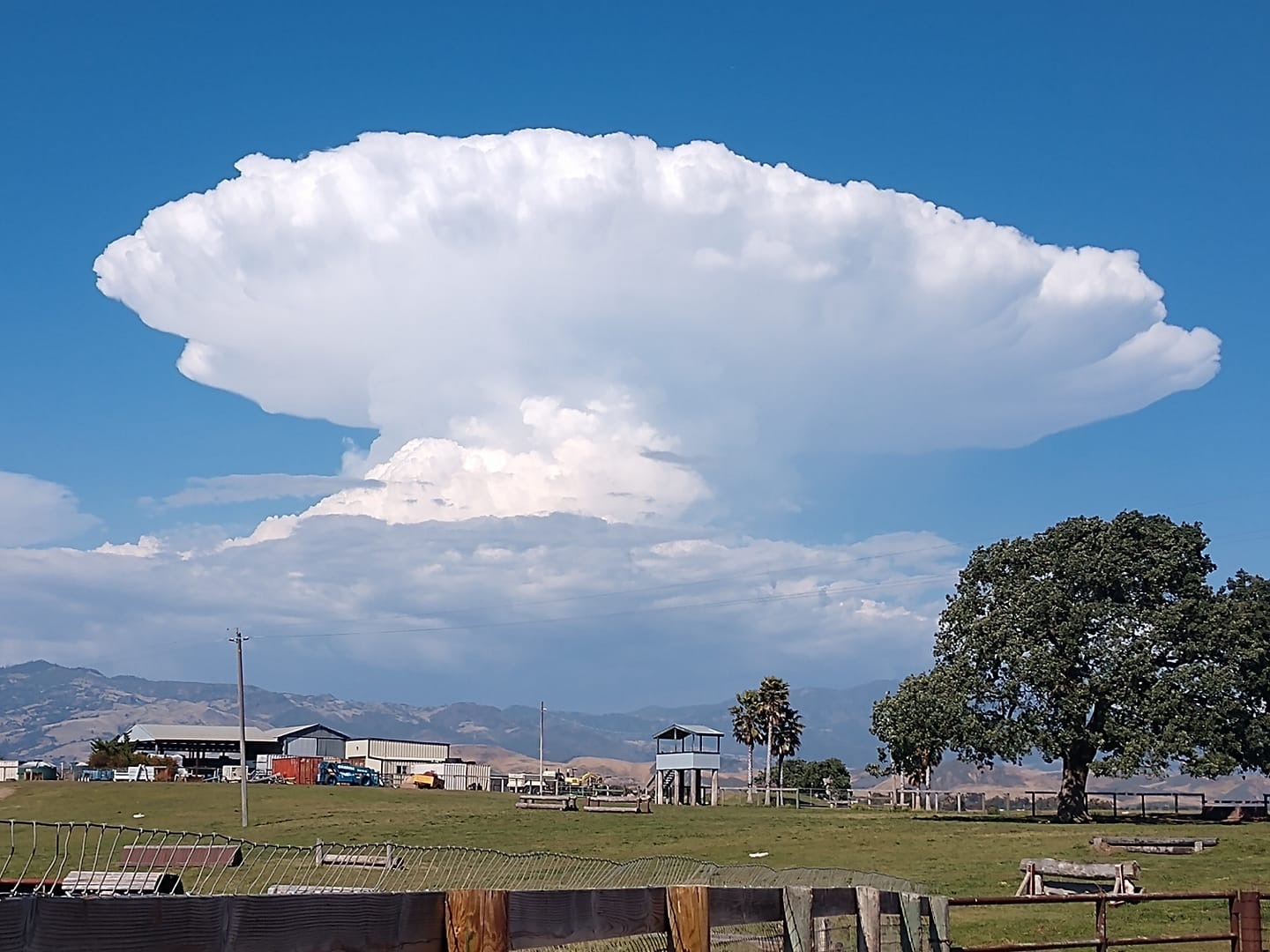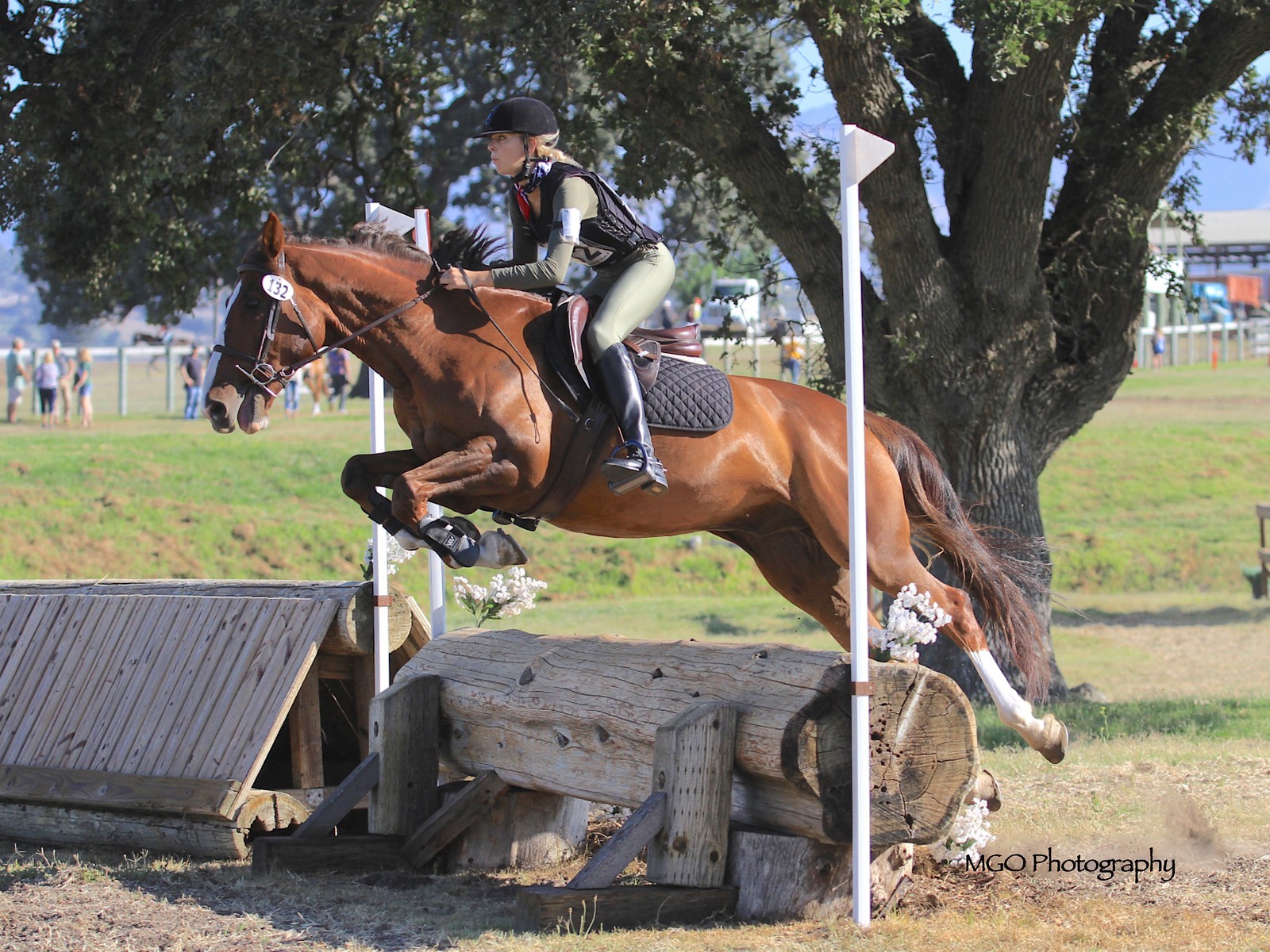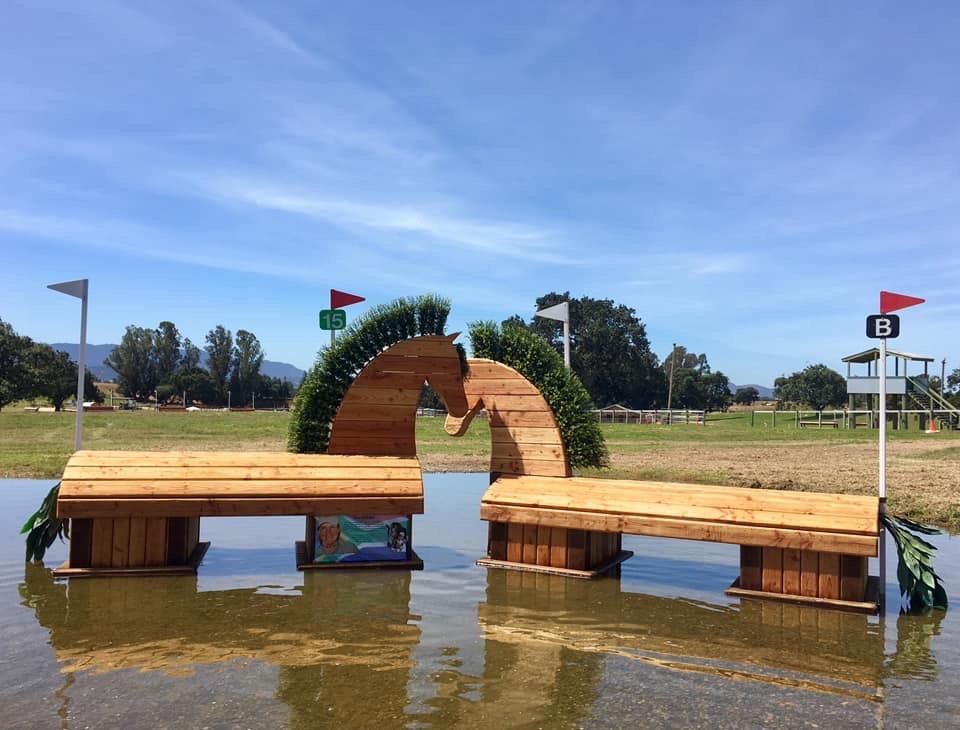Renew Your USEA Membership for the 2023 Season Today LEARN MORE

The Santa Ynez Valley Pony Club (SYVPC) hosts two events yearly at Shepherd Ranch in Santa Ynez, California (Area VI), offering Introductory through Preliminary at their June event and Introductory through Intermediate/Preliminary at their August event.
Shepherd Ranch was originally constructed in 1867 and stands as the oldest wood-frame house in the Santa Ynez Valley of California. In 1955, 300 acres of property on which Shepherd Ranch is situated was purchased by Norma Shepherd, and in 1976 she founded the Santa Ynez Valley Pony Club at Shepherd Ranch. “Pony Club has been well established at Shepherd Ranch since the 1970s,” affirmed Ken Sexton, husband to five-star eventer Bunnie Sexton – Norma Shepherd’s daughter – and organizer of the Shepherd Ranch SYVPC Horse Trials.
Shepherd Ranch began hosting Pony Club rallies and combined tests after the club was founded in 1976. In 1985 Pete Costello visited Shepherd Ranch and constructed the venue’s first cross-country fences for Norma and in 1997 Bill Burton of the Ram Tap Horse Trials came to Shepherd Ranch and helped design courses and prepare the venue to begin hosting events. “Bill had a lot of knowledge and he was a large influence on us becoming a registered event,” said Ken.

Shepherd Ranch hosted unrecognized horse trials for three years before hosting its first USEA recognized event in October of 2000. “For Bunnie, she felt that not only the Santa Ynez Valley but Pony Clubbers themselves were not exposed to USEA recognized events,” Ken recalled. “It definitely exposed so many more people to what the USEA has to offer. It gave everybody more of an opportunity to experience a recognized event.”
“Norma also wanted the kids to be exposed to the big-time riders,” Ken elaborated. “It’s not every day that you’re riding a Beginner Novice course next to an Olympian. That’s what gave Norma the desire to change over to recognized. You can have a Boyd Martin or a Tamie Smith in the same class as an 8-year-old kid taking their pony around for the first time. Those are big influences on making people understand that you don’t have to fear those kinds of opportunities.”

Just 40 of the original 300 acres remain to house Shepherd Ranch. “The Ranch House and the arenas probably take up about five acres of land,” said Ken, “so we have about 35 acres of permanent pasture, which is unique for California, and the cross-country course wraps around the arenas and goes through the field.” Three sand arenas serve to host dressage and show jumping, and seven acres are borrowed from a neighbor for 180 temporary stalls and parking during the event.
Shepherd Ranch’s property is unique to the area because many farms don’t have the space available for pasture, and don’t have the means to irrigate. A one-acre pond on the property at Shepherd Ranch feeds the irrigation system, keeping the rolling terrain of Shepherd Ranch green, even in the summertime. “The hills aren’t anything more than 20-25 feet in elevation change, but they’re sloping with long distances which gives us the ability to put a lot of different types of questions on our cross-country course,” said Ken.
Originally designed by Bill Burton, the Sextons worked with James Atkinson for many years and this year welcomed Bert Wood as course designer and builder. “I would say that our courses are moderately difficult,” Ken explained. “I don’t consider it a move-up course because I was taught by the builders and designers around me that you don’t want kids on the West Coast going over to Montana or the East Coast and going, ‘No way, there was never a corner at Training.’”

Shepherd Ranch has a unique relationship with the Santa Ynez Valley Pony Club, as they provide the volunteers for the event and in return, Shepherd Ranch donates 25 percent of their net profit to the club as part of their fundraising efforts. “They staff most of the volunteer positions – cross-country jump judges, scribes, volunteer coordinator – which gives them all hours they need for participation in the Pony Club. It’s been a nice group effort. Starting in 2020, the Camino Real Region will be taking over the volunteering so they can fundraise for their championship.”
“For me, watching the cross-country course come together and working with the designer and the builder and getting a vision every year for how we’re going to question the riders, what’s the best way, how did we do things the year before is where I get my joy,” said Ken. “There’s something that happens when the flags go on the jump that changes everything. Watching that come together and knowing that we’re going to be giving this opportunity to riders – I get a lot of new riders coming into the sport and when they come off the cross-country course with that smile and goosebumps from head to toe you know you’ve done your job. That’s what gives me joy.”
The USEA is profiling the history behind all USEA recognized events in the USEA Events A-Z series.